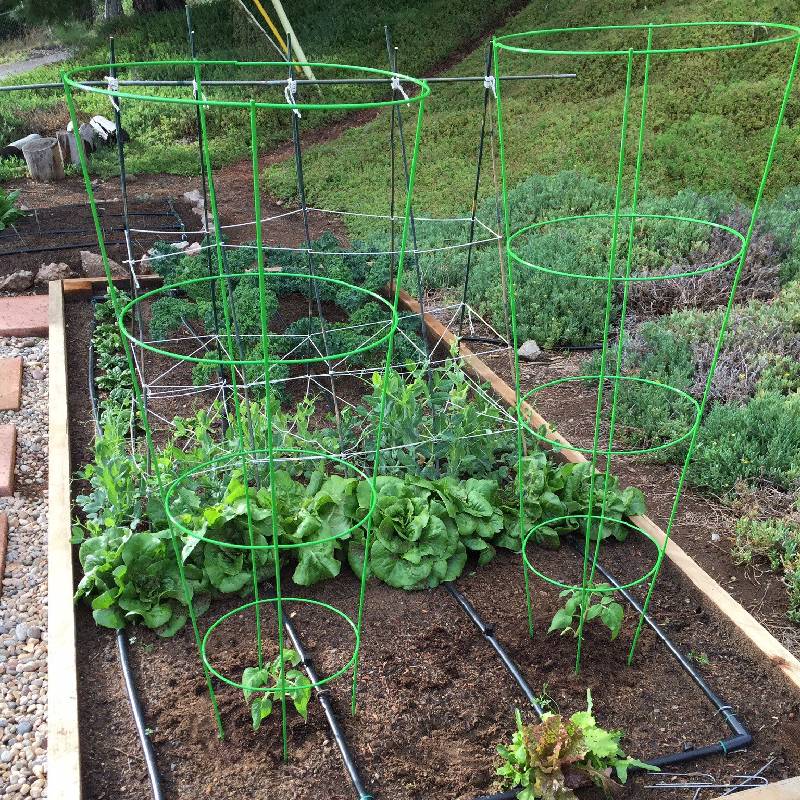
- Mobile Phone
- +8613931874955
- sales@cntcmetal.com
corrugated wall tie
The Importance of Corrugated Wall Ties in Modern Construction
In the modern construction industry, the need for durable and robust structures is paramount. Among the many components that contribute to the integrity of these structures, corrugated wall ties play a crucial role. These ties not only provide support but also ensure that the walls maintain their structural integrity over time. This article will explore the significance of corrugated wall ties, their properties, applications, and the benefits they bring to construction projects.
Understanding Corrugated Wall Ties
Corrugated wall ties are specially designed connectors used to tie together two parallel walls. Typically made from galvanized steel or other resilient materials, they feature a series of ridges or corrugations that enhance their strength and ability to resist various forces. The corrugated design increases surface area and friction, which allows for better load distribution and minimizes the risk of wall separation, particularly under the influence of lateral forces such as wind or seismic activity.
Applications of Corrugated Wall Ties
These wall ties are primarily used in masonry and brick construction, where they help bind the inner and outer leaf of a cavity wall. By aligning the two walls, corrugated wall ties stabilize the structure and provide resistance against moisture infiltration. They are also essential in the construction of buildings that require enhanced insulation, as the cavity created between the walls can be filled with insulating materials.
The versatility of corrugated wall ties allows for their use in various types of construction, from commercial buildings and residential homes to industrial facilities
. Additionally, they can be found in restoration projects where the integrity of older masonry is being reinforced.Benefits of Using Corrugated Wall Ties
1. Enhanced Stability The primary function of wall ties is to enhance the stability of a structure. By securely anchoring the walls together, these ties prevent any potential movement that could lead to structural failure.
corrugated wall tie

2. Moisture Control Corrugated wall ties assist in managing moisture by creating a cavity that allows for proper drainage. This is particularly important in regions with high rainfall, as it helps prevent water from penetrating the walls and causing damage.
3. Cost-Effective Solution Utilizing corrugated wall ties can lead to significant cost savings in construction. Their robust design reduces the need for extensive reinforcements and allows builders to achieve greater efficiency during the construction process. Moreover, by preventing moisture-related issues, they reduce the risk of costly repairs down the line.
4. Longevity and Durability Made from corrosion-resistant materials, corrugated wall ties offer exceptional durability. Buildings constructed with these ties demonstrate a longer lifespan, as the ties maintain their integrity under various environmental conditions. This durability translates into reduced maintenance costs over time.
5. Ease of Installation Corrugated wall ties are generally straightforward to install, making them a convenient choice for builders and contractors. Their compatibility with different wall materials adds to their appeal, as they can be used in a variety of construction methods.
Future Considerations
As construction technology continues to evolve, so too will the design and manufacturing of corrugated wall ties. Innovations may lead to even stronger materials or designs that improve performance in specific climates or geological conditions. Additionally, with the growing emphasis on sustainable building practices, manufacturers may explore the use of recycled materials or eco-friendly processes in the production of wall ties.
Conclusion
In summary, corrugated wall ties are an indispensable element in modern construction. Their role in providing structural stability, moisture control, and long-lasting durability makes them essential for both new builds and restoration projects. As the industry continues to advance, the importance of such innovative components will remain at the forefront of ensuring safe, efficient, and resilient buildings. By understanding and implementing these ties, builders can contribute significantly to the longevity and safety of structures in an ever-changing environment.
share:
-
Why Sacrificial Formwork Is Redefining Underground ConstructionNewsJun.06,2025
-
The Structural Dynamics of Modern Concrete: How Snake Spacers Revolutionize Flexible ReinforcementNewsJun.06,2025
-
Snake Spacers Smart-Lock Concrete Reinforcement with Surgical PrecisionNewsJun.06,2025
-
Snake Spacers: Reinforcement Precision for Modern Concrete ProjectsNewsJun.06,2025
-
Snake Spacers Powering Concrete's Structural DNANewsJun.06,2025
-
Slither into Success: Snake Spacers' Precision Bite for Unbreakable ReinforcementNewsJun.06,2025
-
Sacrificial Formwork: Building Stronger, Faster, and Safer StructuresNewsJun.06,2025



















